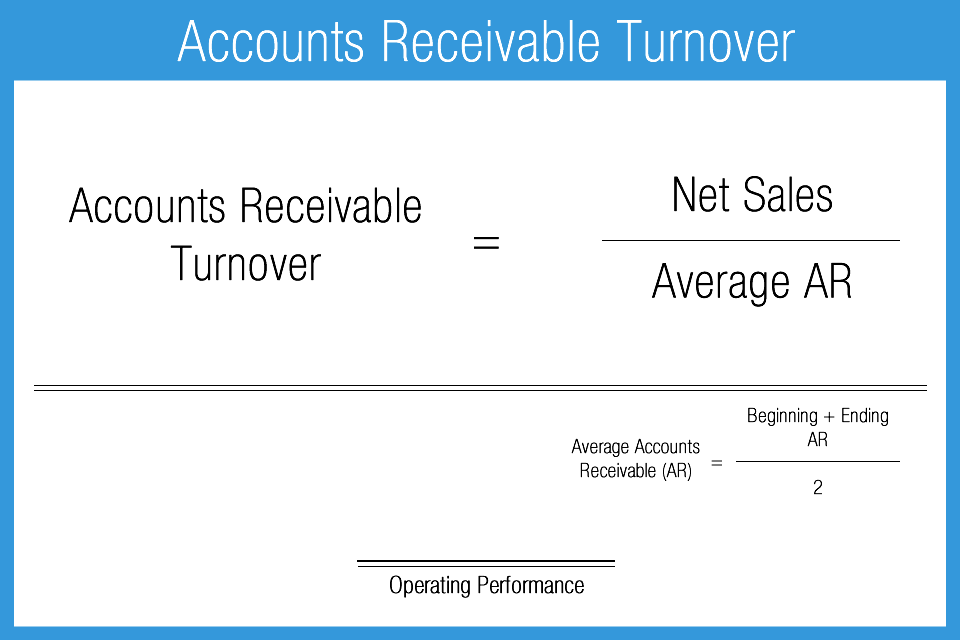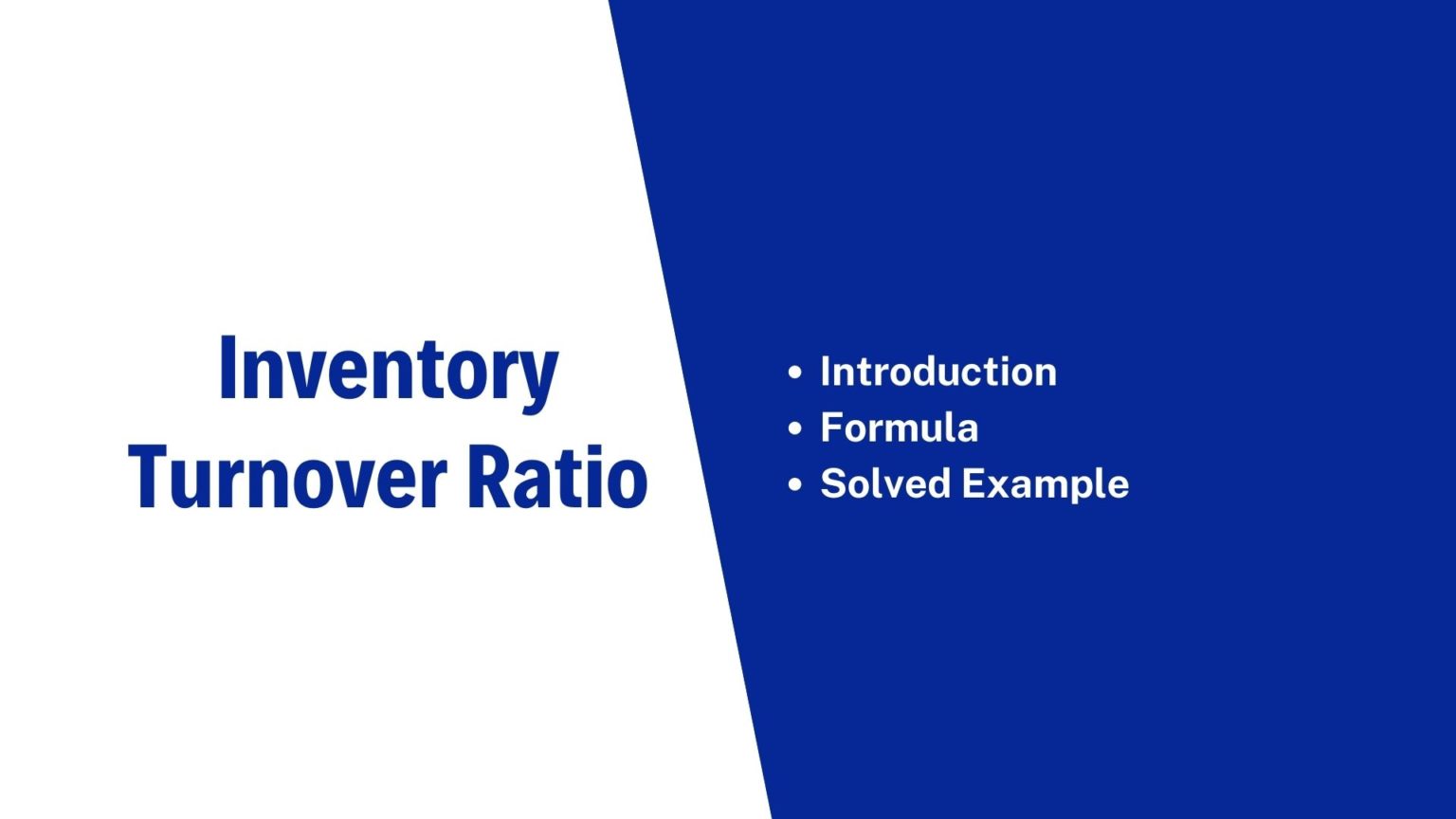
This is a standard method of calculating inventory.įirst, find the average inventory for the period. Inventory can be calculated by using the cost of goods sold or market sales information and then dividing this by inventory. Calculating the Inventory Turnover Ratio (ITR) To calculate Days Sales of Inventory (DSI), this formula is used:Īverage Inventory/Cost of Goods Sold * 365. The formula is also useful for calculating the amount of time necessary to sell any inventory that is on hand currently. Stores will suddenly have a large inventory of Halloween costumes right before Halloween and then almost none after Halloween.īut, turnover can be calculated by taking the numbers from the ending inventory for the same accounting period that the numbers for the cost of goods sold were taken from. This means average inventory can produce a more steady and dependable measurement.Īn example of this is the way that inventory for some items can significantly change seasonally, like Halloween costumes. Generally, average inventory is used as a way to even out the increases and decreases in inventory that result from outlier changes that occur in a certain time period, like a week or month. With this data, a business can make decisions to attempt to improve sales and marketing for certain products or to adjust the inventory it offers. The inventory turnover ratio ultimately represents how well a company performs at turning its inventory on hand into sales. This includes many aspects of the business, including purchasing or manufacturing of new inventory, pricing, and management of inventory. Understanding the Inventory Turnover Ratioīy calculating and recording the inventory turnover ratio, businesses can make better decisions in several ways. This requires companies to maintain an effective inventory control method in order to track this. In order to calculate the inventory turnover ratio, a company needs to know what stock it has on hand. Generally, companies want to see this result in a high ratio rather than a low one because this generally indicates strong sales. The inventory turnover ratio can be found by dividing the cost of goods sold by the average inventory for the period. With the inventory turnover formula, a company can also find the time it will take for the inventory on hand to be consumed. The inventory turnover ratio is a ratio that tells the number of times that a company has sold or used and replaced inventory over a given period of time.

Such challenges include changes in customer tastes, poor supply chain management, and overstocking of merchandise. There are also a number of difficulties that can affect inventory turnover. General consumer packaged goods will typically have a high turnover ratio, while in contrast, many costly luxury goods will require long production times and see very low turnover rates.

However, this does vary by industry and the type of product.

In general, successful companies will see multiple inventory turnovers every year. Inventory turnover describes the amount of time that passes from when an item is purchased to the time it is sold.Ī complete inventory turnover indicates that a company has sold all purchased stock minus inventory that was lost, such as that resulting from damage.
#Accounting inventory turnover ratio how to#
With this information, management can help determine how to set a company’s course. There are multiple ways to calculate inventory turnover, and the resulting ratio can tell a lot about an organization’s inventory management, sales, and marketing. This financial ratio tells how many times a company has sold inventory and replaced it in a given period of time. This is where the inventory turnover ratio comes in. Keeping track of how often a company has successfully sold its inventory and how frequently can help to determine pricing strategies, purchasing, and promotions. In some cases, it can seem impossible to keep a product on the shelves, but in other cases, it may be impossible to get the products off of them.


 0 kommentar(er)
0 kommentar(er)
